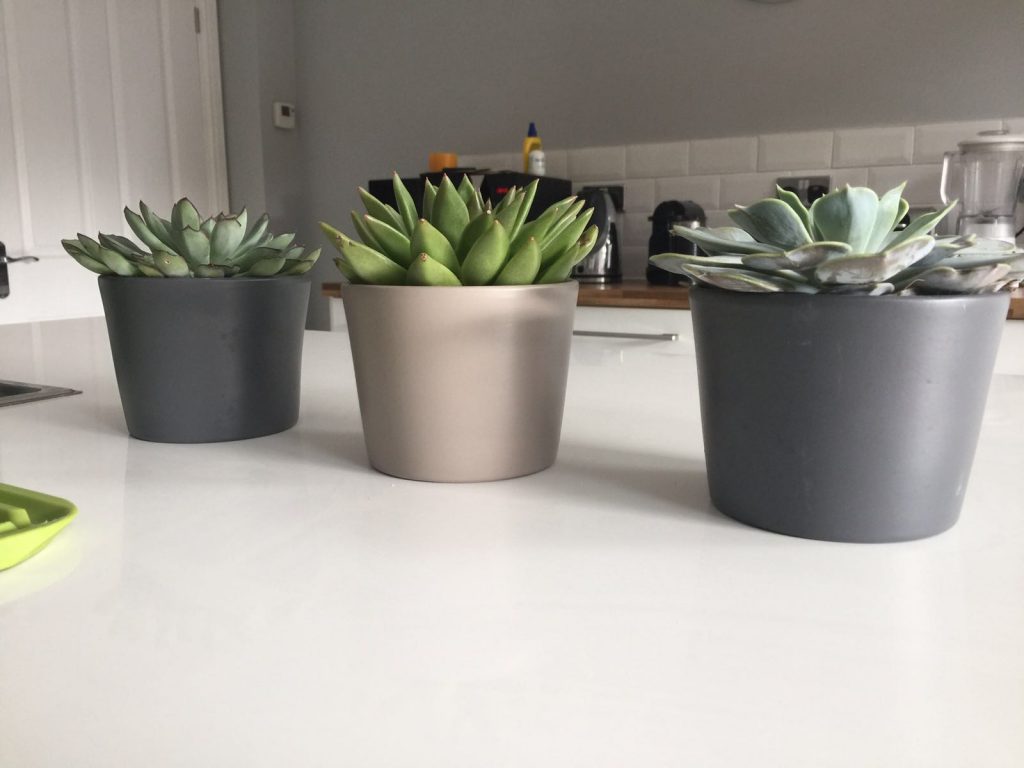
A 2021 survey revealed that 7 in 10 Brits weren’t happy with their homes for various reasons. Some also admitted that they would feel better about their homes if they were decorated differently. Since research indicates that your home can impact your mood and mental health, turning your house into your haven makes sense. That said, here are simple home improvements that can boost your mental health.
Include nature in your decor
Indoor plants are a cost-effective home addition that can boost your mental health. The Journal of Physiological Anthropology revealed that including plants in your living space can make you feel more natural, comfortable and soothed. Moreover, potting and maintaining them can help you forget about stressful situations. Also, they’re known to boost feelings of wellbeing among people with dementia, anxiety, depression and other mental health conditions. If you work from home, you’ll find that working with plants in your space will boost productivity. Therefore, you want to include nature in your decor if you haven’t already.
Fortunately, you don’t have to shy away from plants if you’re not good with them. Several options require less maintenance, so keep this in mind. For instance, bird’s nest fern can survive without water for two weeks and are non-toxic to pets. Likewise, pothos plants can survive in low light and water every 1 to 2 weeks. Other low-maintenance plants to leverage are philodendron, snake plant, parlour palm, majesty palm, spider plant, coffee Arabica, etc.
Colour is important
Colour therapy is known to be effective in improving mental health and is popularly practised today. Colour therapy involves using colours to impact a person’s mental and physical state. This alternative treatment dates back to ancient China, Egypt and Greece, where people used colours to induce a calm state in their homes. Different colours evoke different feelings, and applying each one appropriately will allow you to reap the full benefits.
Fortunately, you can easily incorporate colour therapy in your home for the best results. Experts advise that you use warmer colour shades in rooms with much activity. For instance, wine, terracotta or burgundy will be ideal for your dining or living room. It’s also advisable to use white for your ceiling to reflect light and natural colours like orange for the children’s room. Soothing shades like blue, peach and pink can work well in bedrooms, so feel free to utilise them.
Don’t ignore the mess
Clutter does more than create a mess. A 2016 research by the University of Mexico indicated that clutter prevents you from creating a comfortable environment to live in, affecting how you perceive your home. Moreover, it is linked to high anxiety levels, inability to focus and poor sleep. Clutter also triggers coping and avoidance measures that make you prone to eating junk food and watching television. On the other hand, the Anxiety and Depression Association of America revealed that cleaning your living space can reduce depression symptoms and anxiety. It also maximises space in your home, so keep this in mind.
Decluttering your home isn’t a complicated process if you know the right steps to take. For instance, you can begin with the bedroom by clearing up your bedside table and cabinets. Reducing the accessories and storing your clothing items properly can make a small bedroom look bigger, so keep this in mind. You can create a decluttering checklist to ensure that you don’t leave anything out.
